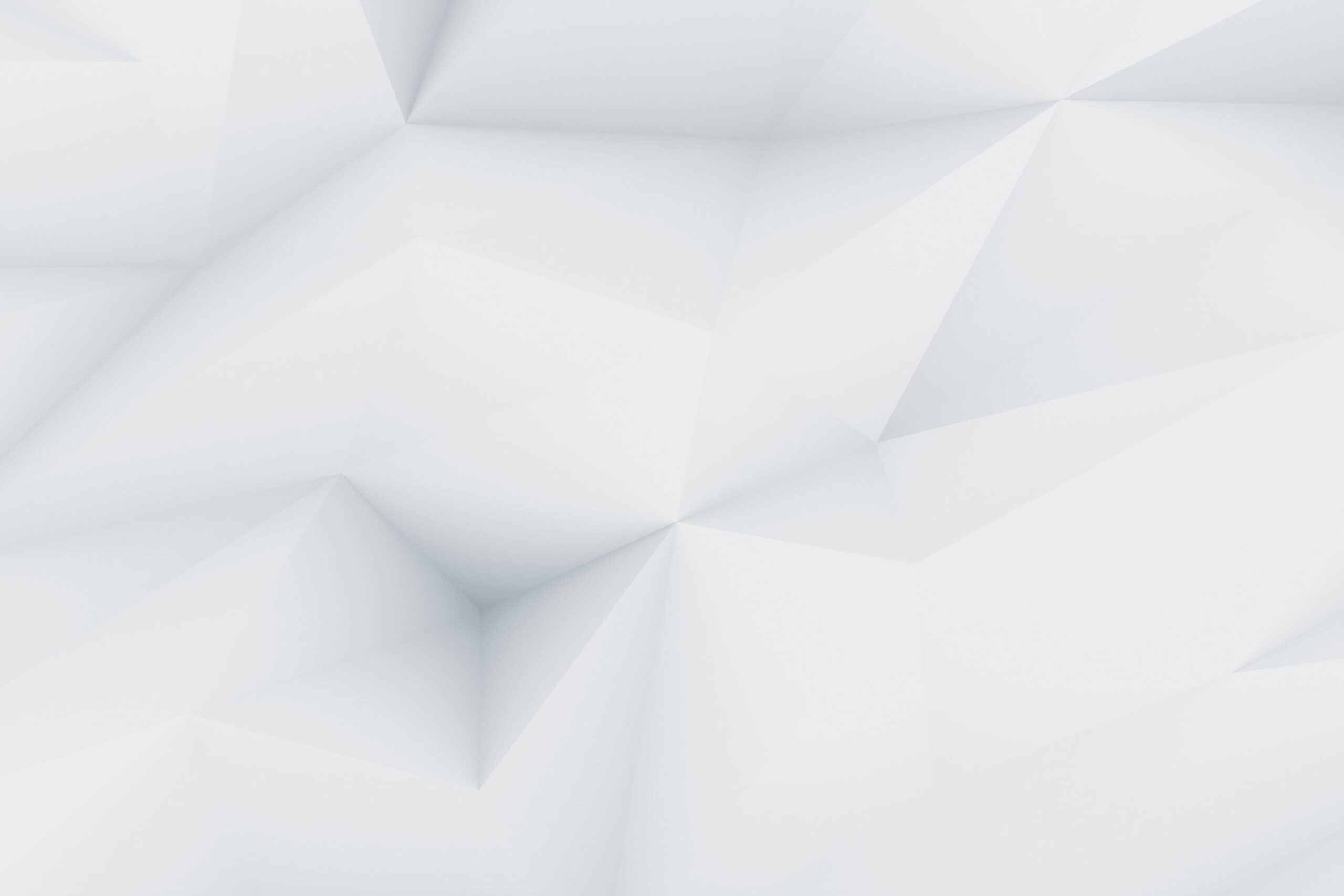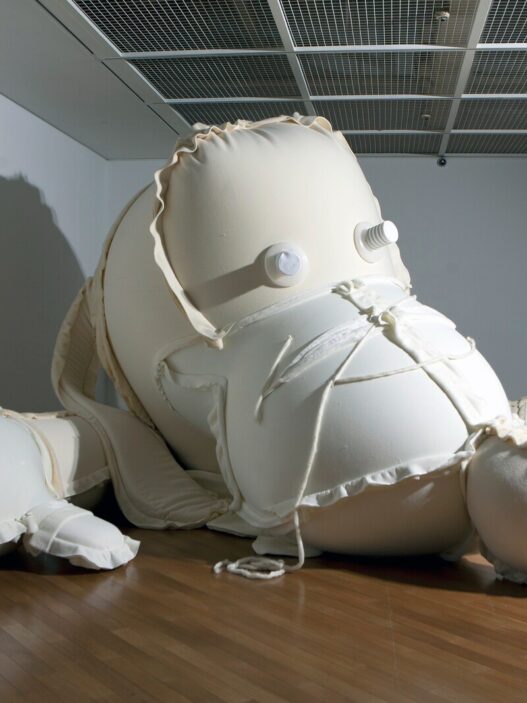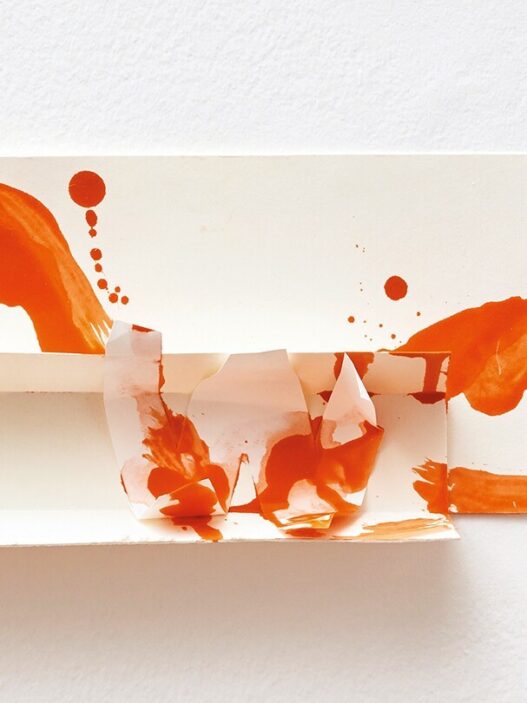Max Hooper Schneider
Carnival of Gestation
July 14–October 13, 2024
From July 14 to October 13, 2024, UCCA Dune in China hosts “Max Hooper Schneider: Carnival of Gestation,” marking the artist’s first institutional solo exhibition in China. This exhibition features nearly 30 sculptures, installations, and video works created since 2014, including six pieces commissioned by UCCA, one of which is a film. Hooper Schneider’s art constructs unique environments and ecosystems devoid of human presence, presenting affective encounters between diverse worlds, species, and forms of existence. His work challenges anthropocentric perspectives by blurring the lines between life and non-life, organic and inorganic matter, pollutants, and nutriments.
Max Hooper Schneider (b. 1982, Los Angeles) draws influence from various disciplines, notably Spinozan materialism, believing all materials possess equal agency. His works often depict desolate environments, ecological collapse, and climax communities amid oceanic and climate crises, encouraging reflection on geological timescales beyond human lifespans. The exhibition title, “Gestation,” signifies the ongoing growth and vitality inherent in the materials used, while “Carnival” represents the multiplicity and openness of the works’ meanings, inviting viewers to interpret and imagine outcomes from their own perspectives.
Each gallery in this exhibition showcases Hooper Schneider’s experiments with different materials. Organic and inorganic entities such as marine organisms, copper electroplated plants, inert gases, uranium, margarine, and borax interact dynamically, forming, transforming, and even self-destructing. The exhibition revolves around four core themes: “Thresholds,” “Preservation,” “Autopoiesis,” and the “Traumatic Sublime,” with “Thresholds” interwoven throughout. Hooper Schneider’s work emphasizes the lack of clear boundaries between life and death, organic and inorganic, natural and artificial, creation and destruction.
In the “Dendrite Bonsai” series, the artist challenges conventional classifications of biota and ecosystems through the interplay of different materials. “Preservation” highlights that even seemingly stable, inert objects change over time, as seen in the “Like Father Like Son” series and the UCCA-commissioned “Butter Biocoenosis,” emphasizing the fragility of man-made objects on a geological scale.
The concept of “Autopoiesis” captures Hooper Schneider’s contemplation of life’s self-generating and self-organizing capabilities, as illustrated in the “Plasm(o)void” series, which underscores that everything is composed of the same molecules. Outdoors, the installation “Garden of Plushy Entombment” resembles an earthen incubator for discarded children’s items, integrating weeds and sea grasses into a vibrant garden-like ecosystem.
Finally, “Traumatic Sublime” addresses humanity’s shared fate and evokes reverence for life itself. In “Master’s Temple,” pharmaceutical capsules become protective shells for aquatic algae and shrimp, repurposing ‘life-preserving’ pills for non-human life. The exhibition also features Hooper Schneider’s latest video work, “The Benthos, Part 1: Creatures of Twilight,” based on ROV-footage and data collected by Schmidt Ocean Institute from an East Pacific Rise exploration. The work is free of computer-generated imagery or AI processing, highlighting the authenticity of these “real aliens”—invertebrates of phylum Cnidaria—and echoing Hooper Schneider’s philosophy of blurring boundaries between nature and artificiality.
UCCA Dune
Aranya Gold Coast
Beidaihe
China




















